The Old American Can Factory in Brooklyn invites a new maker studio
Design platform Radnor, founded by Susan Clark, puts down roots in a new studio space in Gowanus
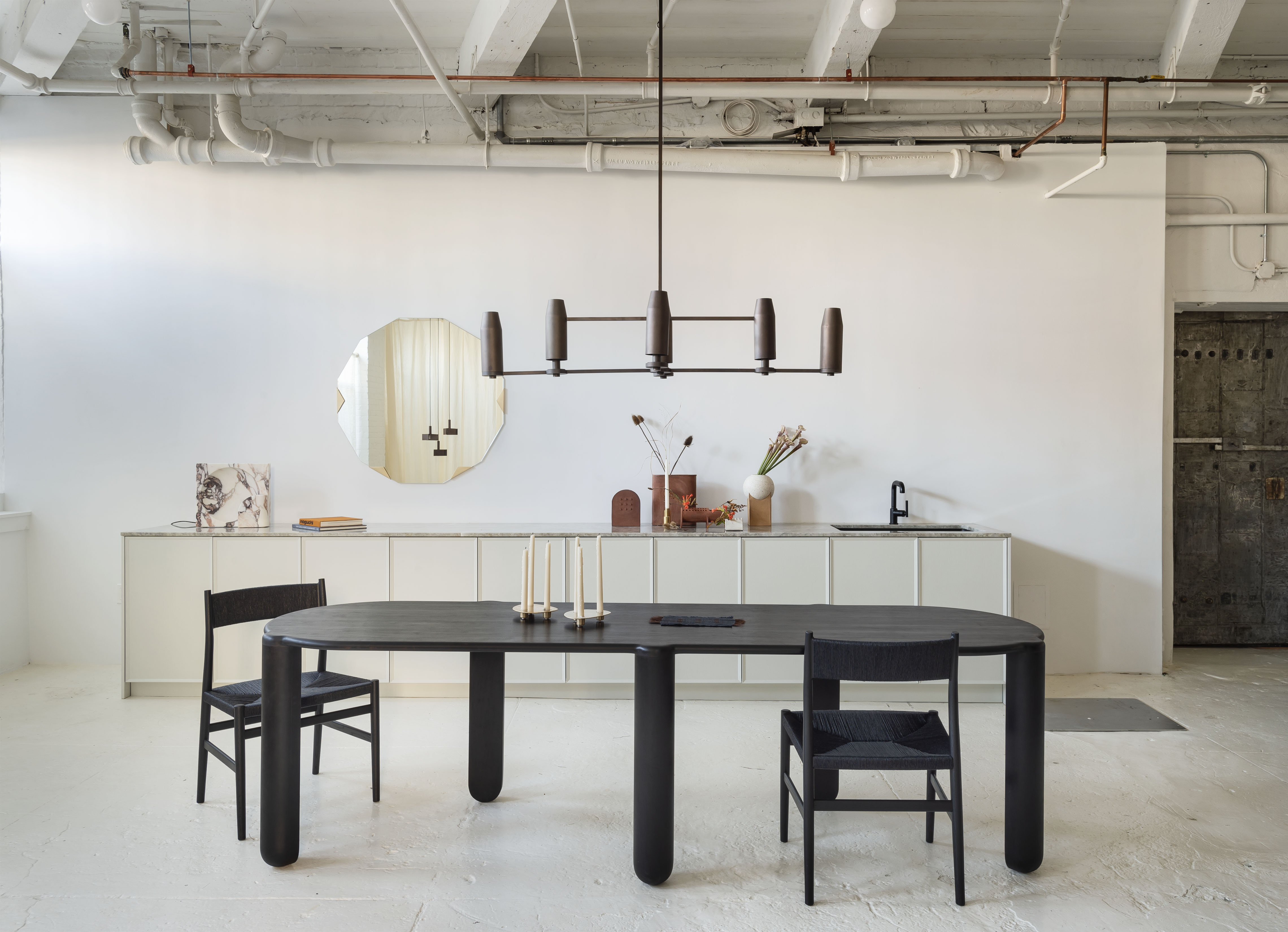
Creativity thrives inside the Old American Can Factory in Gowanus, Brooklyn, a historic industrial complex made up of six buildings occupied by more than 300 makers. When Susan Clark, founder of Radnor, came to know the site through her close collaborators Workstead, she knew it made sense to join. ‘It’s very much about supporting makers, so we feel honoured and lucky to be a part of it,’ she says at the opening of Radnor’s new studio space there.
Radnor, a design platform that creates limited-run collections – Radnor Made and Radnor Represented – with likeminded designers and makers who believe in the fruitful combination between craft and design, is similarly predicated on collaboration.
‘A lot of the work comes from industrial designers who have really taken on the knowledge and expertise of their craft,’ Clark explains of Radnor Studio’s offering. ‘And then there are the traditional ceramic artists, or woodworkers, true traditional makers who are inspired and push their work into the design realm.’ Loïc Bard’s Bone Dining Table can be counted as an example of the former, a piece that ‘on its own feels incredibly sculptural,’ Clark says, ‘but once you put it into context, you understand the liveability of the work.’

A candle holder and block sconce table lamp by Henry Wilson, an industrial designer who collaborates with a forgery close to his studio in Australia, is similarly sculptural, yet defined by process and technique.
Some of the most tactile pieces shown in Radnor’s new studio are made by the second kind of Radnor collaborator: craftspeople with a design edge. Alexandra Kohl weaves with horsehair, while Salem Van Der Swaagh uses selvedge from Scotland woolen mills to weave textiles with her blind cousin. They created custom cushions for the Lotus Chair, a 1968 design by Miller Yee Fong with a ‘technical wicker construction that is mind-blowing’, says Clark.
Radnor’s celebration of craft and technique comes together with a host of other design collaborations too. The Marilyn twin bed designed with Adam Rodgers and manufactured in a Mennonite and Amish community in the U.S., Bunn Studio’s Halyard Rugs made according to updated traditional Seisal techniques, and a new edition of the Arv Chair, designed by Studio David Thulstrup for the historic Danish company BRDR Krüger – strong instances of how Radnor’s dialogue between technique, process and functionality drives design forward.

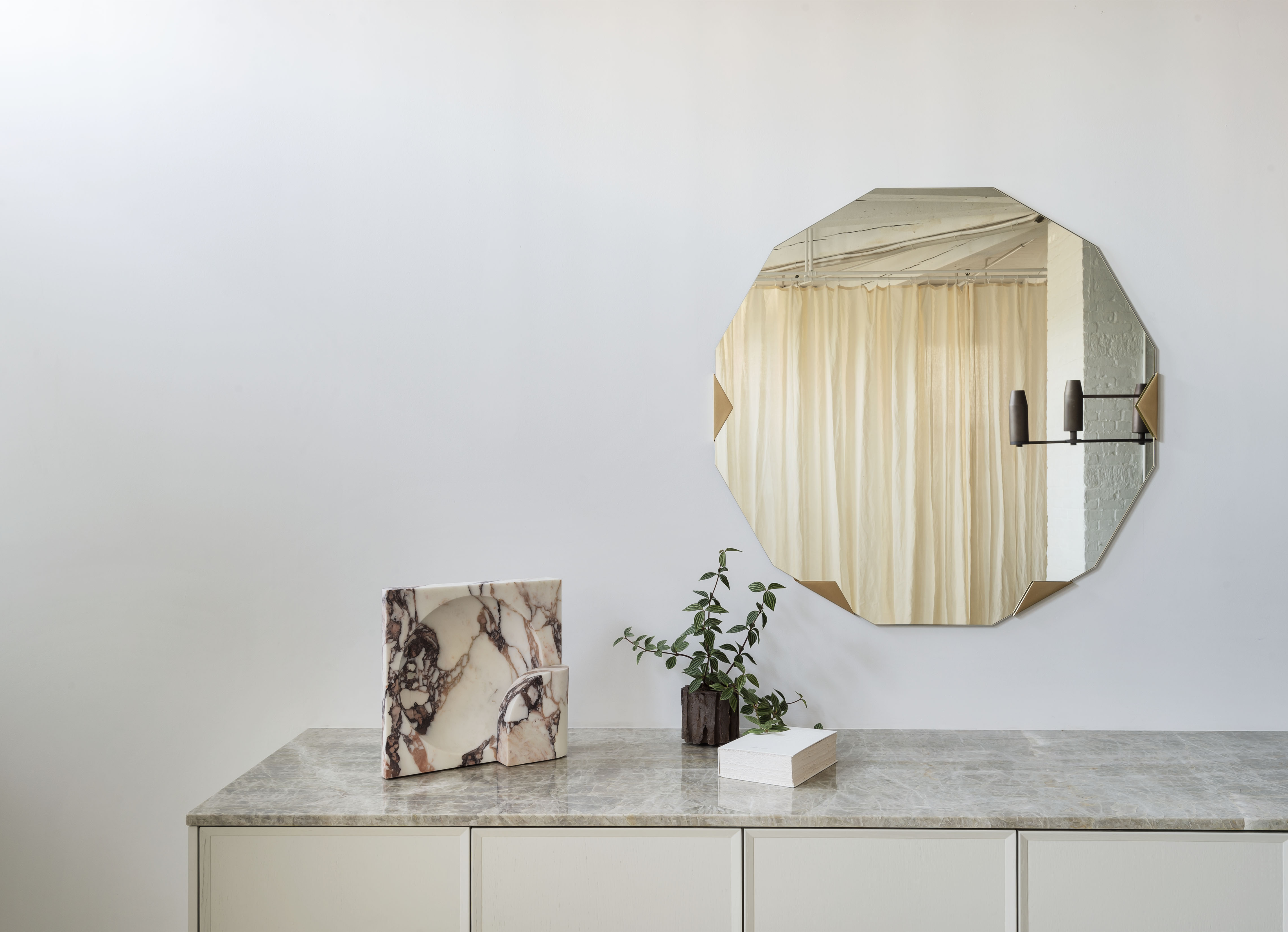
INFORMATION
Receive our daily digest of inspiration, escapism and design stories from around the world direct to your inbox.
Siska Lyssens has contributed to Wallpaper* since 2014, covering design in all its forms – from interiors to architecture and fashion. Now living in the U.S. after spending almost a decade in London, the Belgian journalist puts her creative branding cap on for various clients when not contributing to Wallpaper* or T Magazine.
-
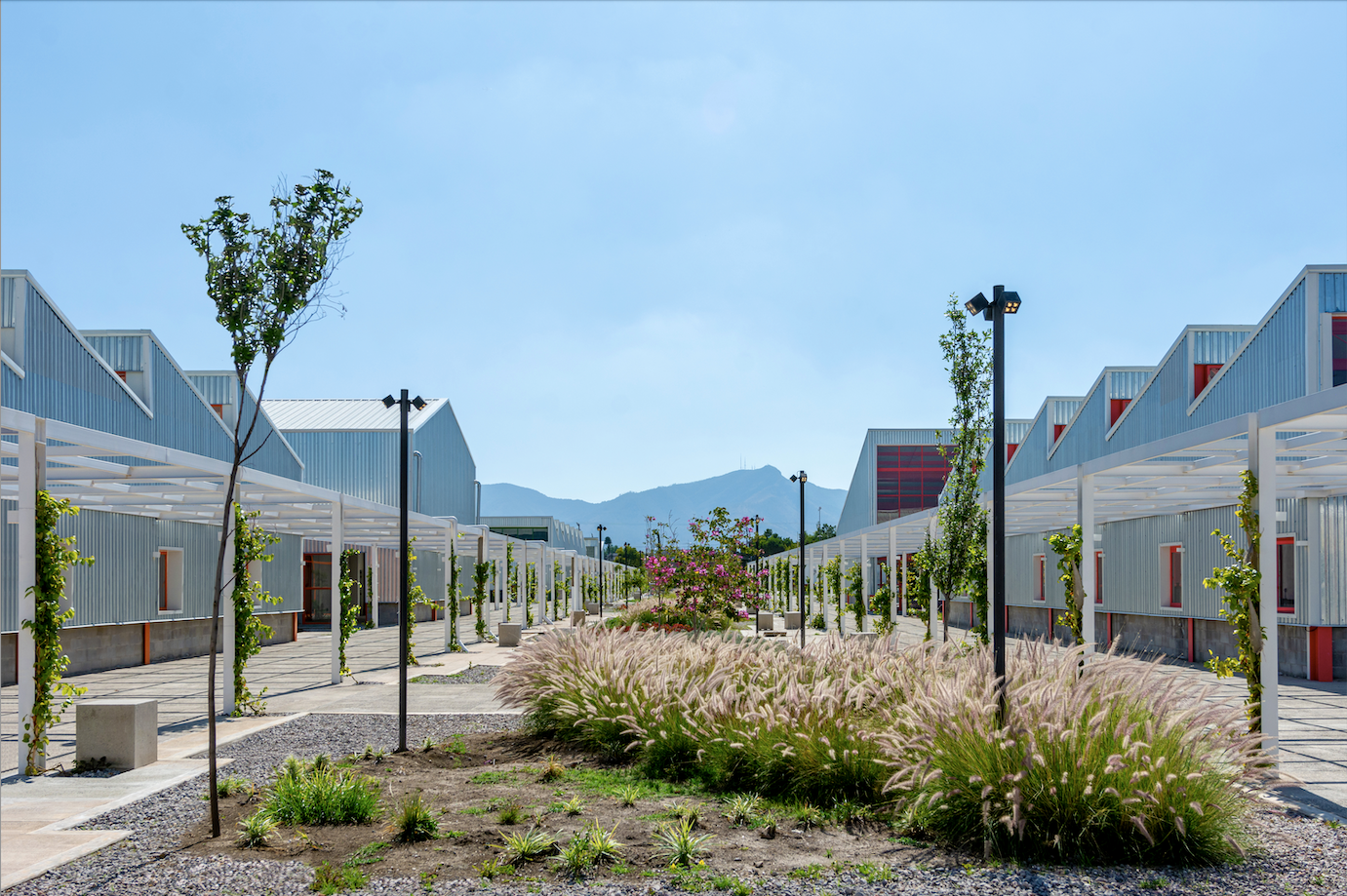 Mexico's Office of Urban Resilience creates projects that cities can learn from
Mexico's Office of Urban Resilience creates projects that cities can learn fromAt Office of Urban Resilience, the team believes that ‘architecture should be more than designing objects. It can be a tool for generating knowledge’
-
 ‘I want to bring anxiety to the surface': Shannon Cartier Lucy on her unsettling works
‘I want to bring anxiety to the surface': Shannon Cartier Lucy on her unsettling worksIn an exhibition at Soft Opening, London, Shannon Cartier Lucy revisits childhood memories
-
 What one writer learnt in 2025 through exploring the ‘intimate, familiar’ wardrobes of ten friends
What one writer learnt in 2025 through exploring the ‘intimate, familiar’ wardrobes of ten friendsInspired by artist Sophie Calle, Colleen Kelsey’s ‘Wearing It Out’ sees the writer ask ten friends to tell the stories behind their most precious garments – from a wedding dress ordered on a whim to a pair of Prada Mary Janes
-
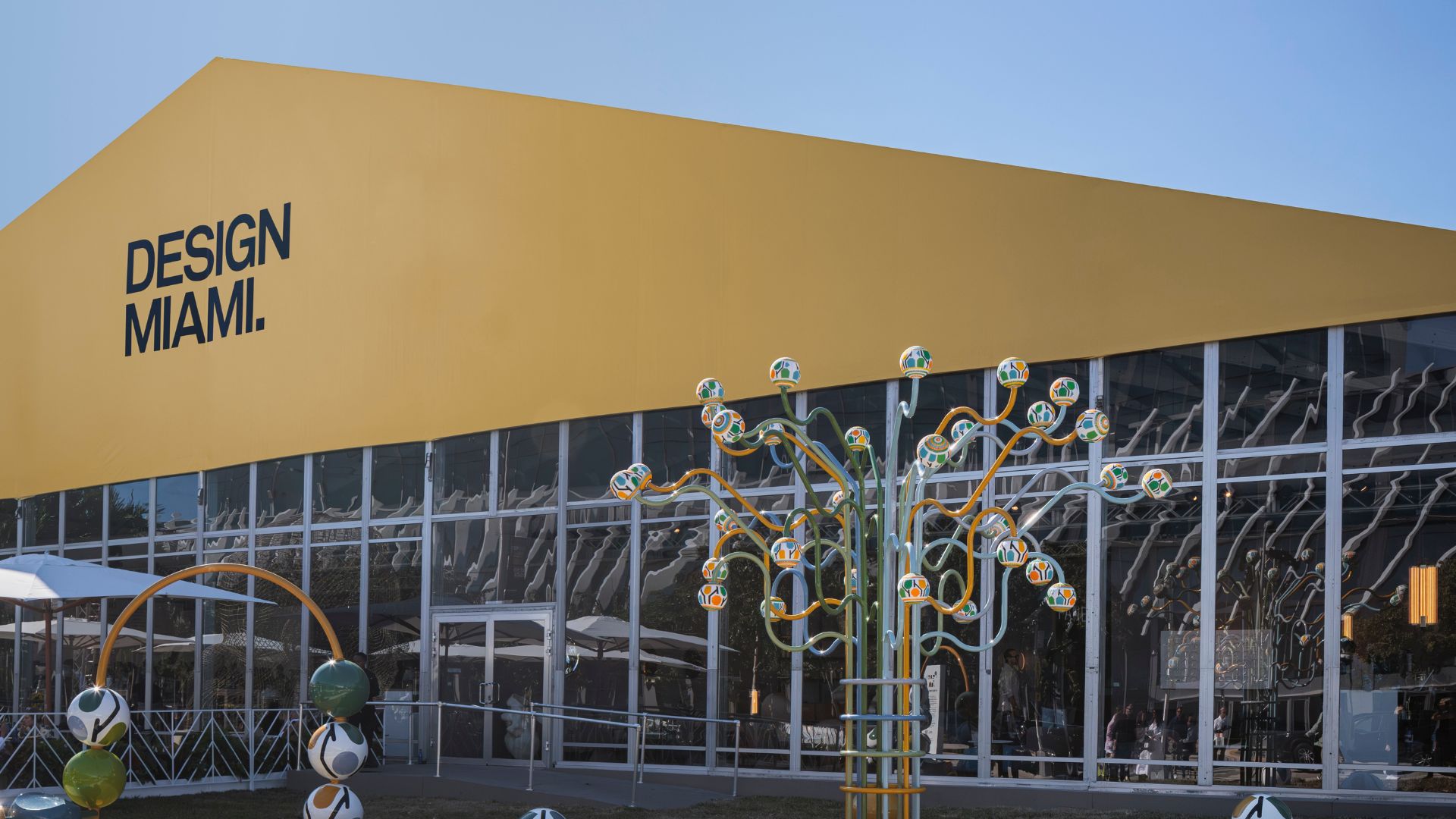 Everything you need to know about Design Miami 2025
Everything you need to know about Design Miami 2025The collectible design fair returns to Miami Beach in December for its 21st edition, alongside a vast array of art and cultural events across the city
-
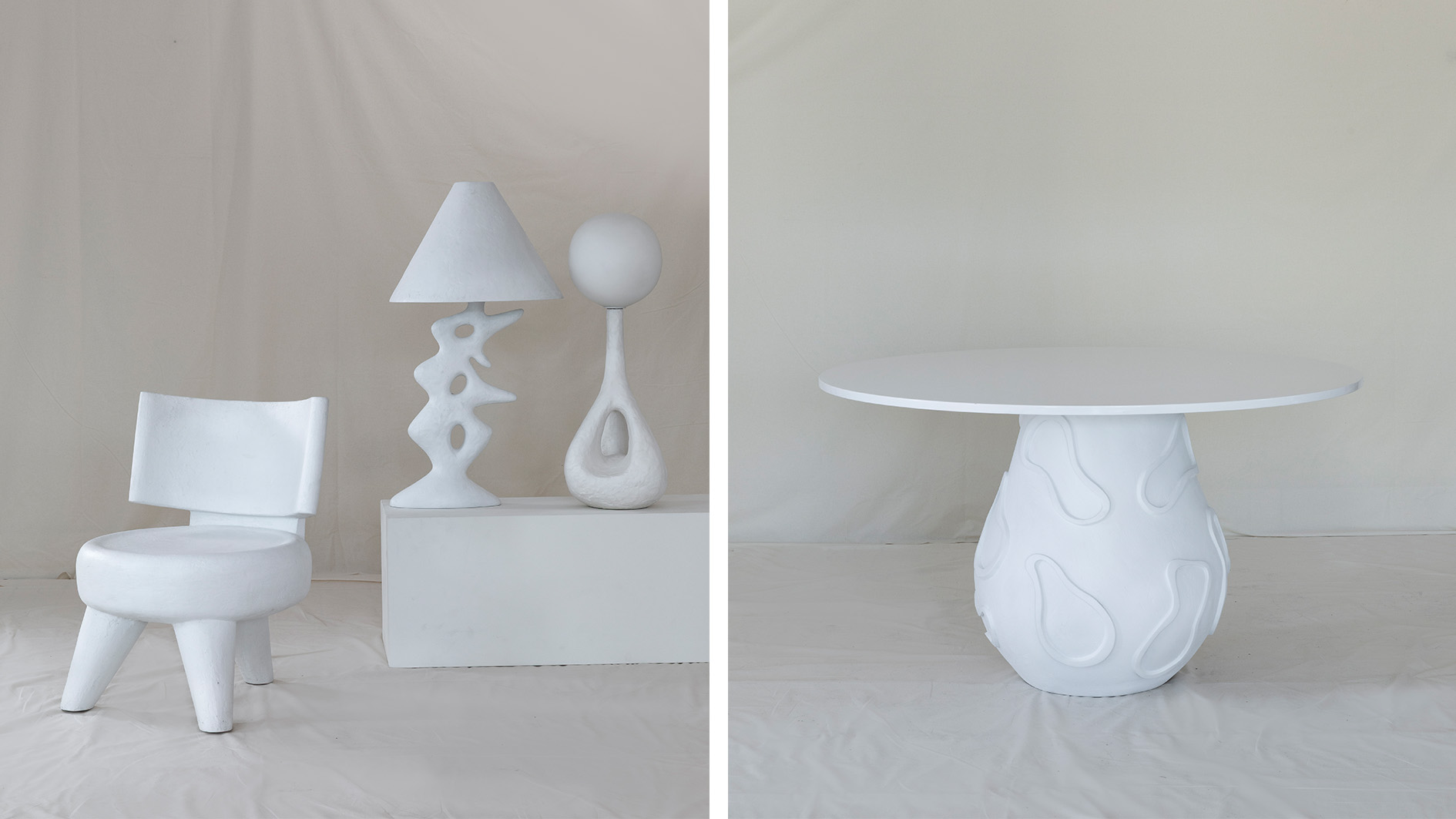 Ralph Pucci’s new Provence exhibition celebrates sculpture in its purest form
Ralph Pucci’s new Provence exhibition celebrates sculpture in its purest formTo mark 70 years of Ralph Pucci International, the New York gallery is collaborating with top designers to bring scaled, textural forms to Château La Coste
-
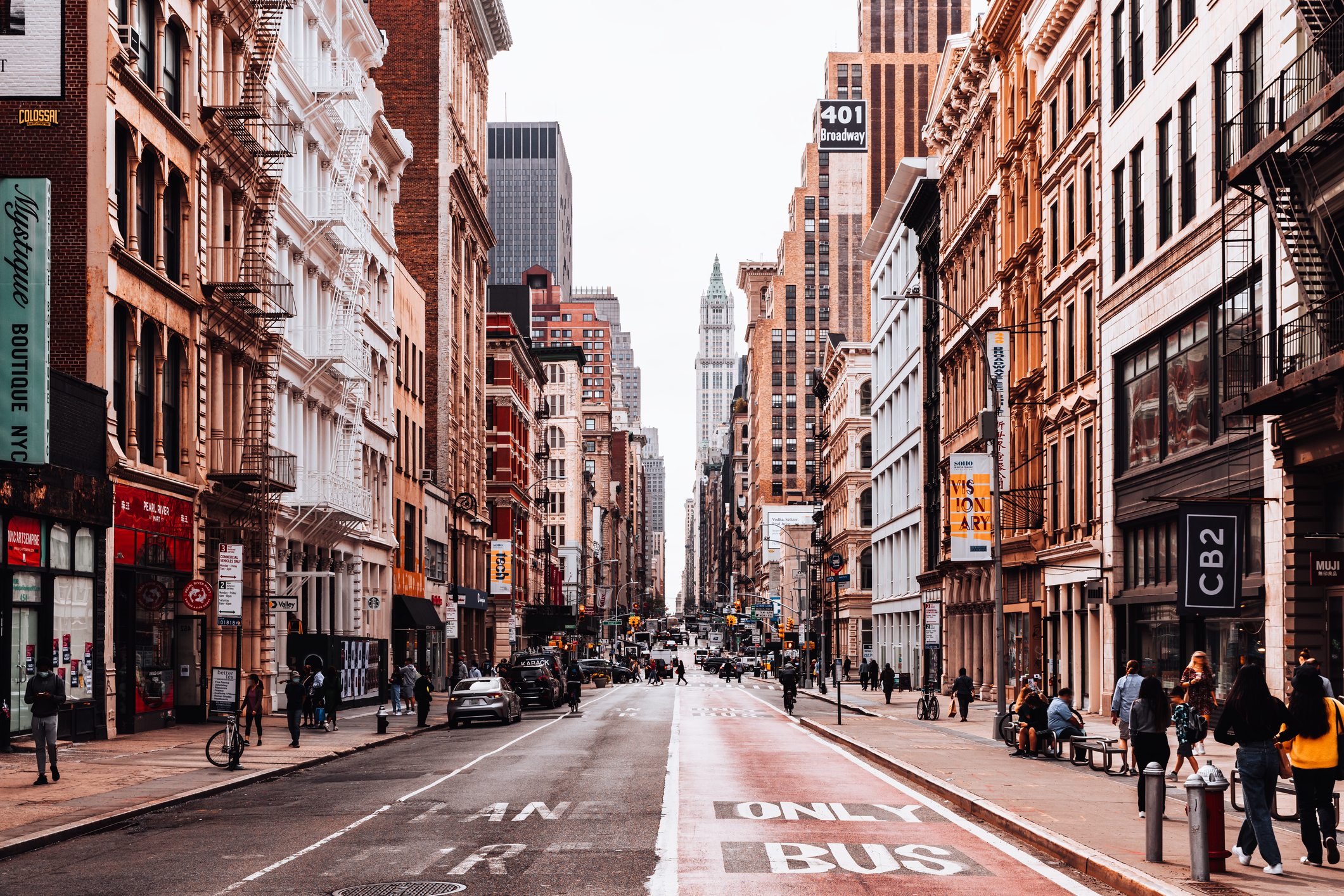 New York Design Week 2025: live updates from the Wallpaper* team
New York Design Week 2025: live updates from the Wallpaper* teamNow through 21 May, design is taking over the Big Apple. Here's the latest news, launches and other goings-on from NYCxDesign, as seen by Wallpaper* editors.
-
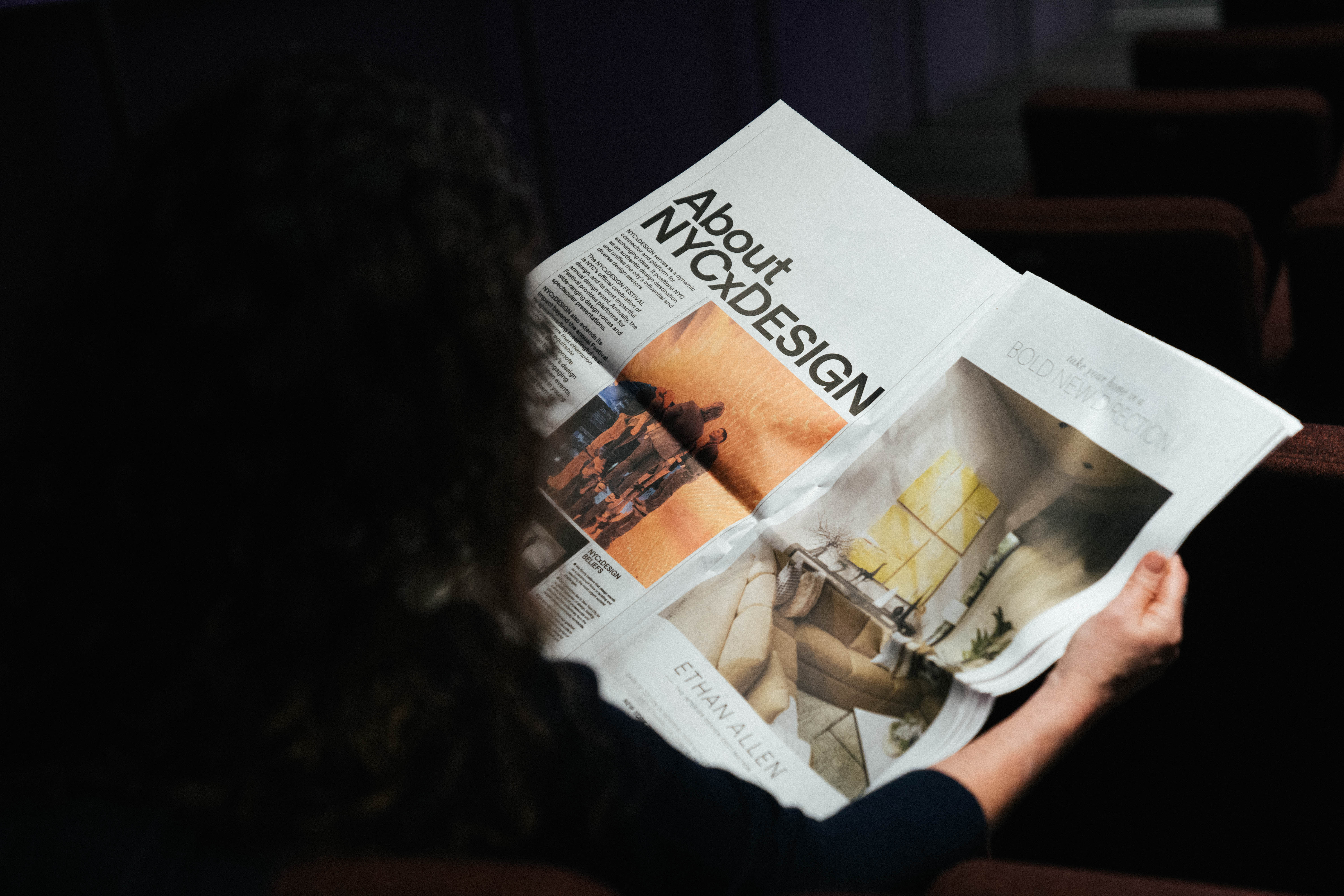 What not to miss at NYCxDesign 2025, according to our editors
What not to miss at NYCxDesign 2025, according to our editorsFrom mega furniture fairs to can't-miss parties, here's what to catch at North America's biggest celebration of design
-
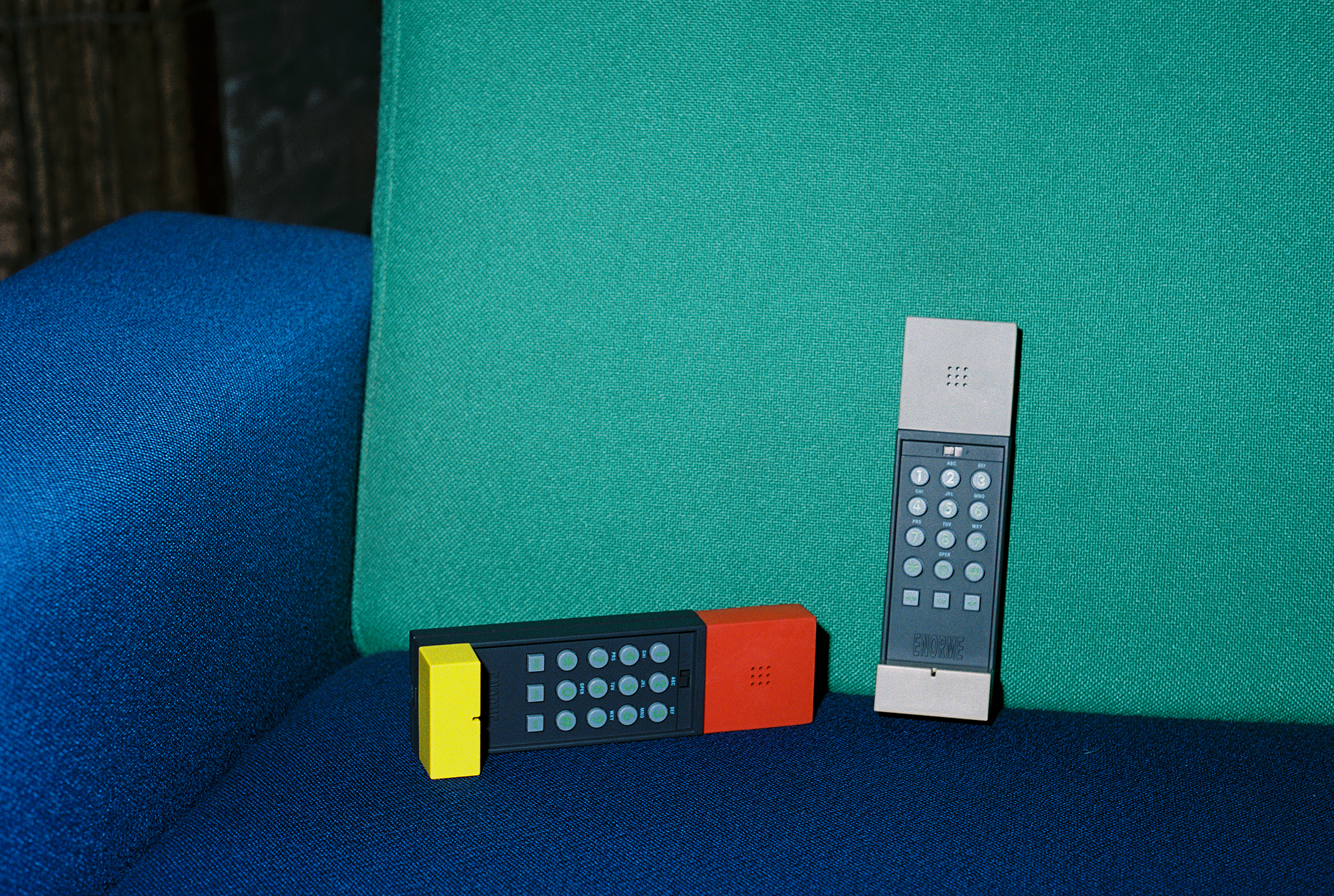 Basic.Space launches its first IRL shopping event – in an empty West Hollywood mall
Basic.Space launches its first IRL shopping event – in an empty West Hollywood mallWith the launch of its first in-person event in LA this weekend, the e-commerce platform is looking to bring collectible design to a whole new audience
-
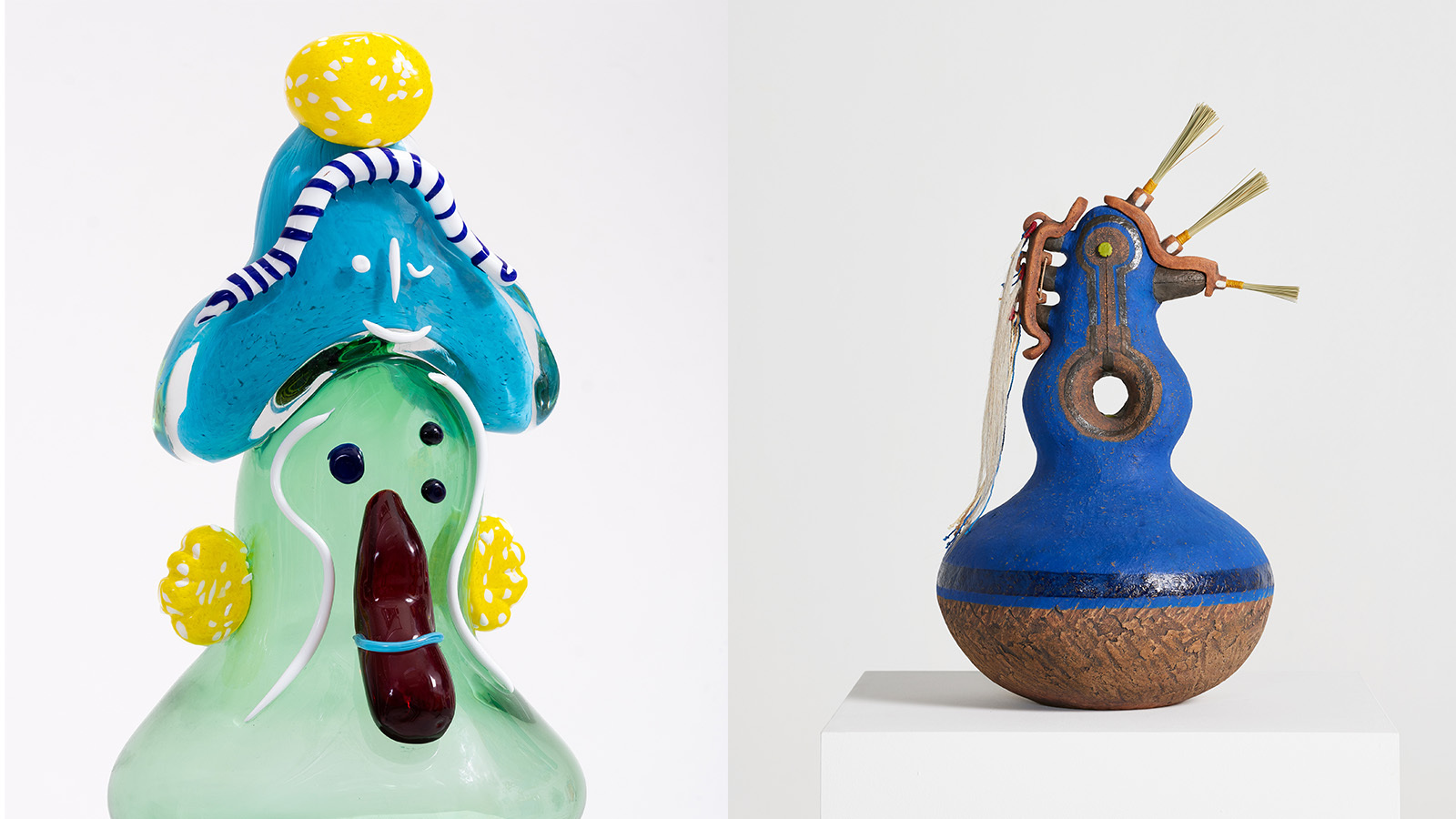 Design Miami 2024 is alive with possibility: here are 14 things to see
Design Miami 2024 is alive with possibility: here are 14 things to seeDesign Miami 2024 opens 4-8 December – let Wallpaper* guide you to the highlights, from dazzling installations to plump sofas and anthropomorphic sculptures
-
 Alessi Occasional Objects: Virgil Abloh’s take on cutlery
Alessi Occasional Objects: Virgil Abloh’s take on cutleryBest Cross Pollination: Alessi's cutlery by the late designer Virgil Abloh, in collaboration with his London studio Alaska Alaska, is awarded at the Wallpaper* Design Awards 2023
-
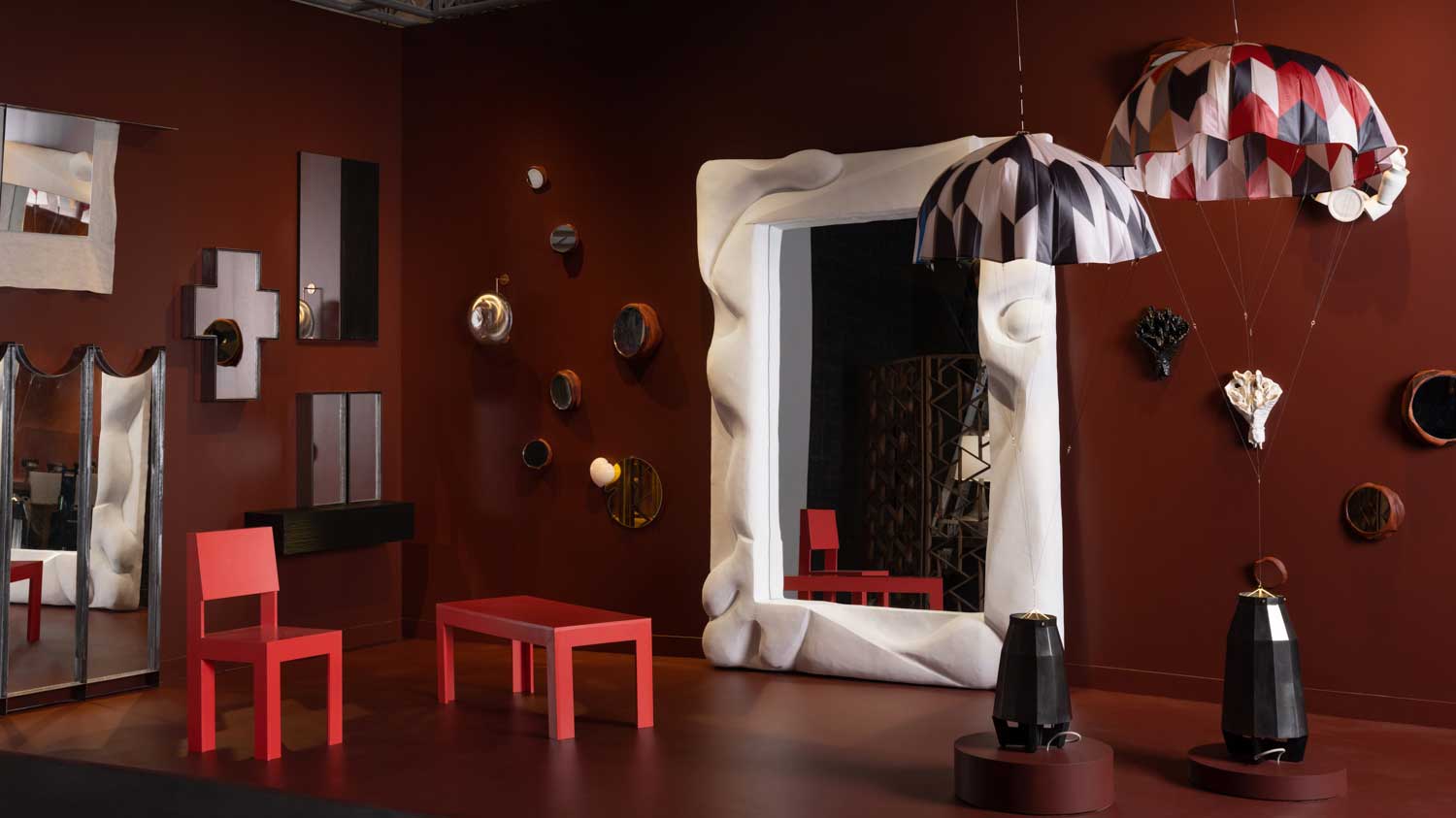 Design Miami 2022: highlights from the fair and around town
Design Miami 2022: highlights from the fair and around townDesign Miami 2022 (30 November – 4 December) aims at ‘rebooting the roots of our relationship with nature and collective structures, ecospheres, and urban contexts’